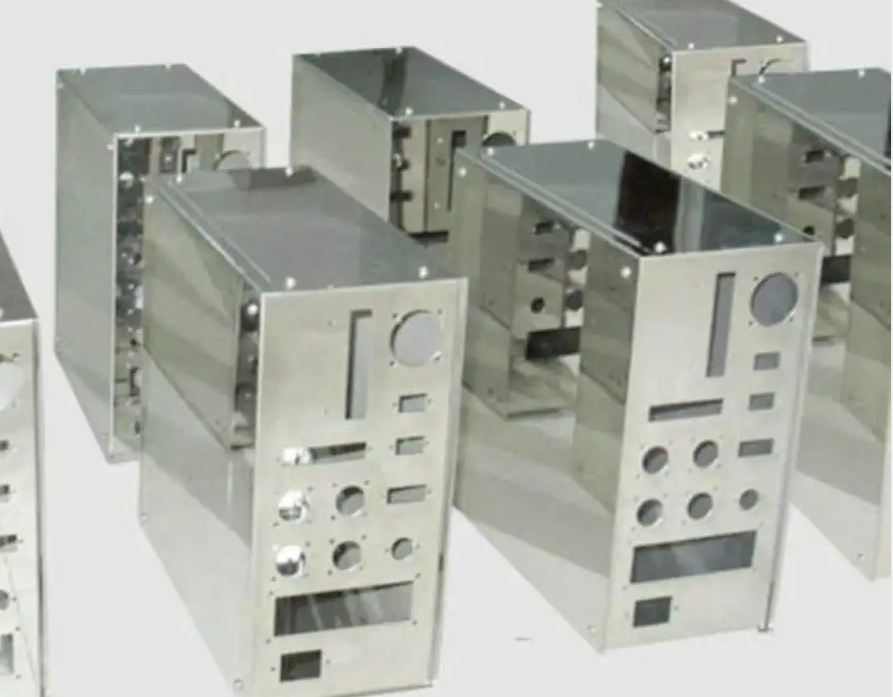With the development of engineering construction, steel plate processing is the most common process, so in the process of processing, you can master some processing skills and understand some processing knowledge, which will save a lot of trouble, and even greatly improve the progress of a project. Let me share with you some knowledge about the bending of steel plates
First, in terms of machining specifications, it is important to grasp that the thicker the machined sheet, the greater the bending force it will bring. Therefore, when we choose a bending machine, we need to increase the bending force. Especially in the processing of stainless steel plate, due to its low tensile strength, a large deformation force is required.
The second point is that the higher the tensile strength of the general metal material, the stronger its ductility and recovery ability, so the smaller the angle that needs to be suppressed, such as 90° bending angle, the greater the repairability of the stainless steel plate. It is larger than carbon steel when bending, so the restraint angle is smaller than that of carbon steel.
The third point is that when the thickness of the corresponding design drawings and the bending radius are matched, the bent workpiece must meet the precise requirements of the design plan, and the measurement is carried out according to the operator’s calculation formula. Is there any problem with simplifying the calculation process.
The bending radius of sheet metal processing is related to the thickness of the material and the width of the bending gap. The simple and convenient method is: if the thickness of the steel plate is not greater than 6 mm, the bending radius in the plate can be directly used as the thickness of the plate during bending. When the thickness is greater than 6 mm and less than 12 mm, the inner bending radius of the plate is generally 1.25 to 1.5 times the thickness of the plate. When the plate thickness is not less than 12 mm, the inner bending radius of the plate is generally 2 to 3 times the plate thickness.
The master’s years of sheet metal processing experience show that when the general plate thickness is not more than 6 mm, when bending, the inner radius of the sheet metal bending can be directly used as the plate thickness radius. When the bending radius R=0.5, the general sheet metal thickness T is equal to 0.5 mm. If a radius larger or smaller than the plate thickness is required, it needs to be machined with a special mold. When the sheet metal drawing requires the sheet metal to be bent at 90° and the bending radius is particularly small, the sheet metal should be slotted first, and then the sheet metal should be bent. It can also process the upper and lower molds of special bending machine molds.
The above are some techniques for bending steel plates. If it is processing aluminum plates, whether it can be bent or not depends on the state of the material. The state is divided into three cases: full hard, semi-hard and soft. Full hard bending is the worst. The semi-hard aluminum plate can basically be bent. There is definitely no problem in bending in a soft state, but because it is too soft, basically there is less bending in this state.

